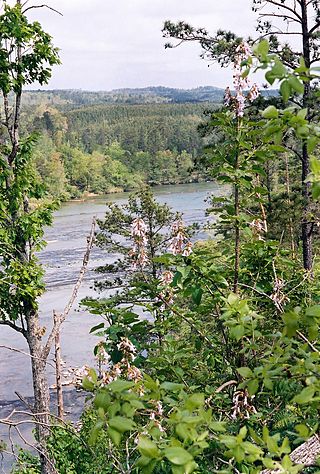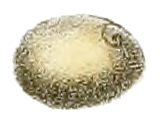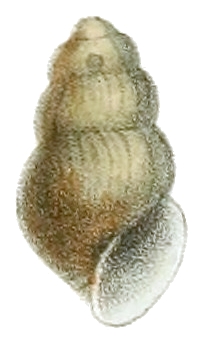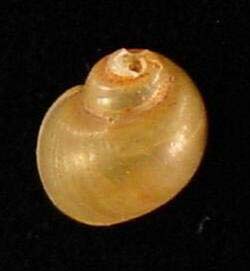
The Cahaba River is the longest substantially free-flowing river in Alabama and is among the most scenic and biologically diverse rivers in the United States. It is a major tributary of the Alabama River and part of the larger Mobile River basin. With headwaters near Birmingham, the Cahaba flows southwest, then at Heiberger turns southeast and joins the Alabama River at the ghost town and former Alabama capital of Cahaba in Dallas County. Entirely within central Alabama, the Cahaba River is 194 miles (312 km) long and drains an area of 1,870 square miles (4,800 km2). The name Cahaba is derived from the Choctaw words oka meaning "water" and aba meaning "above"

The shoal sprite was a species of minute, air-breathing, freshwater snail, an aquatic pulmonate gastropod mollusk in the family Planorbidae, the ram's horn snails. This species was endemic to Alabama, but it is now extinct.

Clappia is a genus of small freshwater snails that have an operculum, aquatic gastropod mollusks in the family Lithoglyphidae.

Clappia umbilicata, the umbilicate pebblesnail, was a species of small freshwater snail that had an operculum, an aquatic gastropod mollusk in the family Lithoglyphidae. This species is now extinct.
The lacy elimia, also known as the lacey elimia, scientific name Elimia crenatella, is a species of freshwater snail with a gill and an operculum, an aquatic gastropod mollusk in the family Pleuroceridae.

Leptoxis ampla, common name the round rocksnail, is a species of freshwater snail with a gill and an operculum, an aquatic gastropod mollusc in the family Pleuroceridae.

Leptoxis compacta, the oblong rocksnail, is a species of freshwater snail with an operculum, an aquatic gastropod mollusk in the family Pleuroceridae.

The painted rocksnail is a species of freshwater snail with a gill and an operculum, an aquatic gastropod mollusc in the family Pleuroceridae.

The flat pebblesnail is a species of freshwater snail, an aquatic gastropod mollusk in the family Lithoglyphidae.

Lioplax cyclostomatiformis, the cylindrical lioplax, is a species of freshwater snail with gills and an operculum, an aquatic gastropod mollusk in the family Viviparidae.

Neoplanorbis tantillus is a species of very small air-breathing freshwater snail, an aquatic gastropod mollusk in the family Planorbidae, the ram's horn snails. This species is endemic to the United States. In 2012, it has been declared extinct by the IUCN Red List of Threatened Species.

Rhodacmea filosa, the wicker ancylid, is a species of small, air-breathing, freshwater snail or limpet, a pulmonate gastropod in the family Planorbidae.
The Coosa pebblesnail, scientific name Somatogyrus coosaensis, is a species of small freshwater snails with a gill and an operculum, aquatic gastropod mollusks in the family Lithoglyphidae. This species is endemic to Alabama in the United States. Its natural habitat is the Coosa River. Although the IUCN officially categorises the species as Critically Endangered, it also considers it as Possibly extinct, as it has not been recorded in several dozen years. This latter classification is also supported by The Nature Conservancy.
The hidden pebblesnail, scientific name Somatogyrus decipiens, is a species of minute freshwater snails with an operculum, aquatic gastropod molluscs or micromolluscs in the family Lithoglyphidae.
The Moon pebblesnail, scientific name Somatogyrus obtusus, is a species of very small freshwater snail that has an operculum, an aquatic gastropod mollusc in the family Lithoglyphidae.

Gillia altilis, common name the Buffalo pebblesnail, is a species of freshwater snail, an aquatic gastropod mollusk with an operculum in the family Lithoglyphidae.
Felipponea elongata is a species of large freshwater snail with an operculum, an aquatic gastropod mollusk in the family Ampullariidae, the apple snail family.
The Cherokee pebblesnail is a species of very small freshwater snail with an operculum. It is an aquatic gastropod mollusc in the family Lithoglyphidae.













